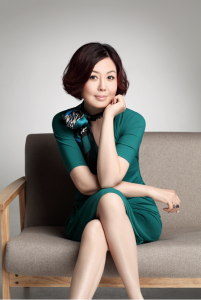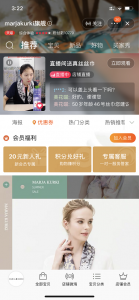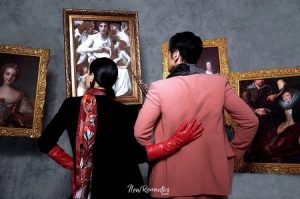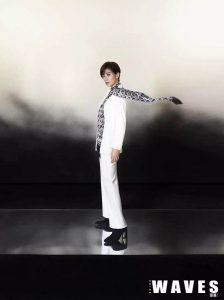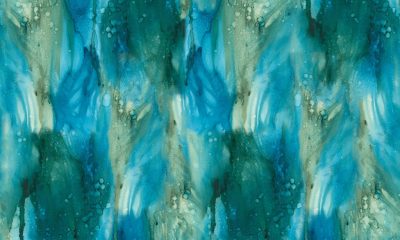We have interviewed Caroline Xue, Founder and Managing Director of Kurki Fashion, the company importing, producing and distributing the Finnish silk scarves and fashion accessories from brand Marja Kurki in China. The brand has been one of the earliest foreign fashion brands to enter China in 1995 and has since then been extraordinarily successful. Caroline shares insights on the fashion brand’s success factors as well as strategies retail brands in China need to follow should they want to flourish. Marja Kurki has 40 physical retail stores and 5 online stores in China.
Dear Caroline, why is Marja Kurki doing so extraordinarily well in China?
Marja Kurki entered China in 1994, 26 years ago, at a time when there were few international brands. This gave us a head start. In addition, we are a Chinese company of WOFE, with a Chinese founder and a Chinese team that is still made up by the same people as in the beginning. This means that we have an excellent understanding of the Chinese market and local consumer habits. Our localization is certainly one of our key success factors. In order to establish Marja Kurki as a top brand in the earlier years, we organized top level fashion shows at the most exclusive places. Finally, we have developed a range of B2B channels to diversify our revenue streams. We work with banks, government offices and corporate clients to produce Marja Kurki customized gift items.
What are general best practice tips for retail brands in China?
KOL/influencer marketing is certainly very important, it helps a brand to gain momentum, to strengthen its positioning and increase sales. Events marketing still continues to be significant, it helps to maintain relationships with long term clients, media and VIPs. And it’s important to have a solid strategy of both physical stores and online stores that complement each other and often reach different customer groups.
What has Marja Kurki done to lessen the negative economic impact during Covid-19?
At the beginning of the year, when store traffic decreased considerably, we started livestreaming. We schedule one hour of livestreaming per day during which the team in the store introduces products. Topics covered are how the products look like on a person, how they can be worn and combined, the material characteristics, and the sales price. We offer a voucher for a very small discount on the presented pieces at the end of the live streaming session that has a limited validity of one hour.
Before Covid, the sales in physical stores and online stores had a ratio of 50/50% and has changed to approximately 30/70% at the beginning of the crisis. In the past months, the sales revenue originating from both channels has become more balanced again.
Advertisement
How has the marketing of foreign fashion brands in China changed over the years?
From 2002 to 2010 we used a lot of print advertising which worked extremely well. We also regularly organized top notch events including fashion shows at the Art Gallery at the Ming Dynasty Wall at Dongbianmen, an event for 300-400 people, as well as shows at the National Centre for Performing Arts and a 10th anniversary fashion show at the Wanfeng Art Gallery in Forbidden City which was attended by many high level VIPs and the brand’s Finnish founder. Each year we had several events, larger and smaller ones.
After print media became less popular, we started to work with “Wanghong” and celebrity marketing. I believe that this is an integral part of the marketing strategy for fashion brands. Marja Kurki has been working with several famous celebrities and movie stars over the years to maintain our top image and popularity.
Around the same time we started to use Wechat and Weibo which are the largest social media platforms in China. We have 35,000 followers and our own editors, it’s important to produce high quality content. But – exactly because those platforms are so large and accessible to everybody, it is harder to create a noise as a brand. In the future, we might start to use the video platform Douyin but have not decided yet.
Why do brands need both physical and online stores, and what is the purpose of each medium?
Most importantly, physical retail stores create trust, which is the most important factor when promoting and selling branded products. Secondly, customers can try out the products. With a physical store you are enabling a consumer experience. These aspects are very important for all fashion brands.
With digital channels you reach a broader market, and here, the conversion from social media visitors into online buyers is important. Online stores are more suitable for the sales of materials that do not need to be touched. The consumers are younger. It is also very important which photos you use, certain types of photos generate sales and others do not. At Marja Kurki, we produce special limited collections just for online sales. In order to be successful on online channels, you need to conduct consumer research and use the right key words and product names. Fast and free shipping is considered an important part of the customer experience in China which then in turn leads to a higher conversion rate. Brands need to define and analyze metrics, the most important one probably being the conversion rate (buying customers/visitors).
One important additional difference in consumer behavior online and offline is that there occurs usually more impulse shopping in physical retail stores. Online consumers tend to know what they want before buying.
You have recently launched a new store design. Why was that important and which aspects were particularly important to you?
We wanted to create a new store design concept that fits our classical, elegant brand positioning with a very subtle modern touch. The Nanjing store and many of our stores are shops-in-shops, without our own ceiling and very limited wall surface. We therefore needed the store fixtures to make all of the visual impact and offer a maximum of flexibility to accommodate various product categories (silk scarves, woolen shawls, hats, leather items, umbrellas). It was important to us that the different product types could be displayed in a new, interesting way.
Advertisement
Thank you very much for the interview. We look forward to following the further development of Marja Kurki in China!
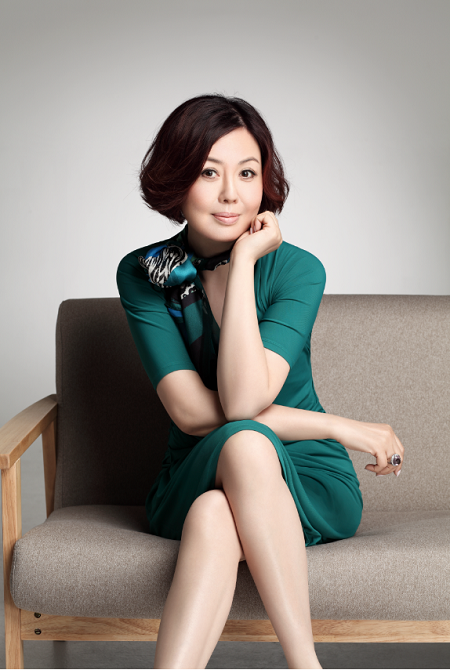

 Photo Gallery1 week ago
Photo Gallery1 week ago
 Headlines3 days ago
Headlines3 days ago
 Headlines1 week ago
Headlines1 week ago
 Headlines1 week ago
Headlines1 week ago
 Designer Dozen2 weeks ago
Designer Dozen2 weeks ago
 Headlines1 week ago
Headlines1 week ago
 Designer Dozen6 days ago
Designer Dozen6 days ago
 Headlines1 week ago
Headlines1 week ago
